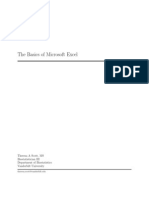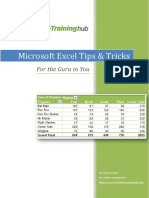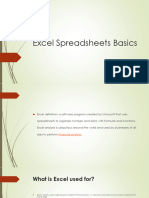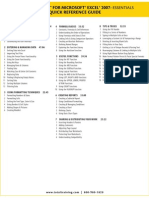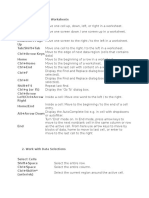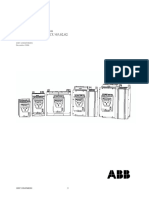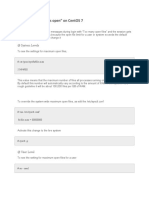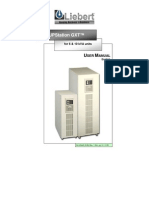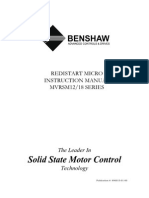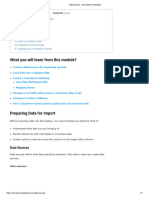0% found this document useful (0 votes)
34 views18 pagesExcel Basics
This document provides a comprehensive guide to Excel basics, covering the interface, workbook creation, data entry, formatting, and basic functions. It includes step-by-step examples for tasks such as saving workbooks, formatting cells, and creating charts. The guide also introduces essential features like sorting, filtering, and using keyboard shortcuts to enhance productivity in Excel.
Uploaded by
Awal HossainCopyright
© © All Rights Reserved
We take content rights seriously. If you suspect this is your content, claim it here.
Available Formats
Download as PDF, TXT or read online on Scribd
0% found this document useful (0 votes)
34 views18 pagesExcel Basics
This document provides a comprehensive guide to Excel basics, covering the interface, workbook creation, data entry, formatting, and basic functions. It includes step-by-step examples for tasks such as saving workbooks, formatting cells, and creating charts. The guide also introduces essential features like sorting, filtering, and using keyboard shortcuts to enhance productivity in Excel.
Uploaded by
Awal HossainCopyright
© © All Rights Reserved
We take content rights seriously. If you suspect this is your content, claim it here.
Available Formats
Download as PDF, TXT or read online on Scribd
/ 18











